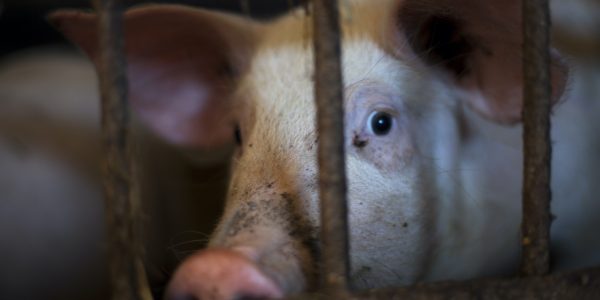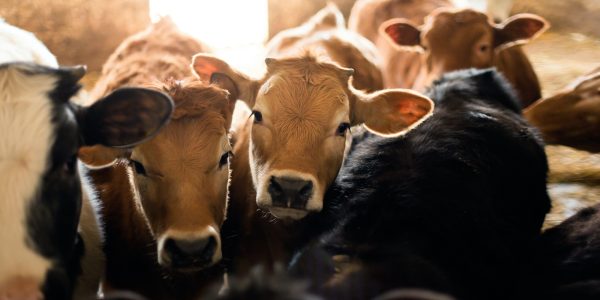Fur factory farms
Eighty-five percent of the fur industry’s skins come from animals raised in ‘battery’ cages2, where animals are deprived of any form of quality of life and the ability to perform their natural and instinctual behaviours.
For example, in the wild mink live near streams and lakes where they swim, climb trees, make nests and hunt. Mink live solitary lives and are naturally very inquisitive animals. On fur farms, they are forced to live their lives in small wire cages. The unsuitable living conditions cause chronic boredom and stress which lead to behavioural abnormalities such as running up and down their cages endlessly or twisting the head continuously.
Zoologists at Oxford University found that despite generations of being bred for fur, mink have not been domesticated and suffer greatly in captivity, especially if they are not given the opportunity to swim.3
Many fur bearing animals are solitary, so being cramped in a cage with others is particularly stressful. Their frustration and misery leads many animals to self-mutilate by biting their own tail or gnawing at their own limbs.
After months of suffering, these animals are killed by electrocution, gassing or by breaking their necks. These methods are designed to avoid damage to the animals’ pelts but are inhumane and often carried out unprofessionally. In China, skinning animals alive is not uncommon.








